What is copyright?
Copyright is an intellectual property right. It is an automatic right afforded to a creator, such as an artist or photographer, for their lifetime and an extended period after their death.
The type and length of protection given varies from country to country. But it generally gives the creator of a work economic rights of control over copying, adaptation, distribution of copies, performance and broadcasting. It can also give:
- Moral rights of paternity (the right to be identified)
- Integrity (the right to object to any derogatory treatment of their work)
- Privacy
- Right not to have a work falsely attributed
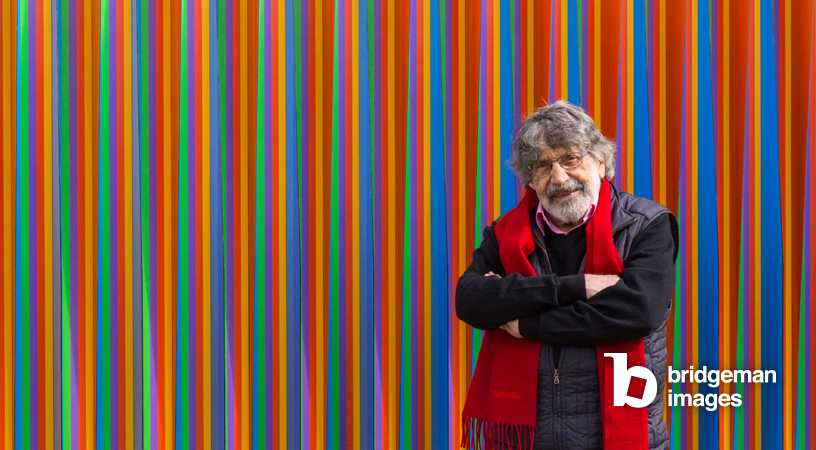
What can be covered by copyright?
Copyright protection is given to original artistic, literary, dramatic and musical works as well as sound recordings, films, broadcasts, cable programmes, published editions, computer generated works and computer programmes. A creator can therefore be an artist, musician or author.
Why is copyright so important?
Copyright gives an income stream to the creator, or the artwork's guardian. When you hear a song on the radio, the radio station will pay royalties to that musician or band. If you buy a book, the publisher will give the author a percentage of the sale price. Rights-managed artwork does the same for its creator.
For centuries, nobility and merchants would act as patrons to artists. They would pay or commission them, allowing them to make a living as they created their masterpieces. Many of our archive images come from museums, that use the income generated to help with conservation projects. In effect, you become a micro patron of the arts.
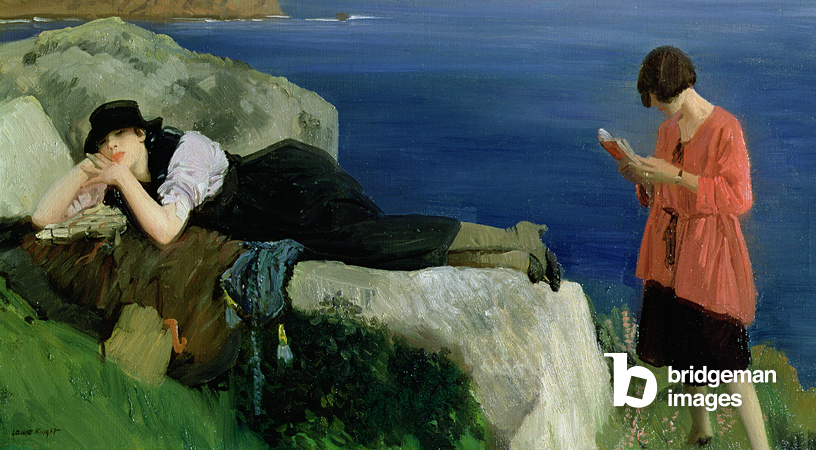
Does copyright vary across the world?
Copyright protection varies depending on:
- The nationality of the artist
- The place and time when the artistic work was first exhibited
- The territory in which you plan to publish or distribute copies
All countries have their own separate copyright laws which decide whether a work is in or out of copyright and what that means. Members of WIPO (World Intellectual Property Organisation) and signatories of the Universal Copyright Convention agree to the mutual protection of works in copyright.
Generally, this means that they will protect foreign works to the same level as in their own countries, provided that the duration of copyright is no longer than the duration or 'term' that they already give to their own works. If an artist's works are in copyright in their own country, it is still possible that they are out of copyright elsewhere.
Who owns the rights to artwork?
When it comes to the right to reproduce artwork, there could be one or more rights owners. We are often the copyright holder, or authorised representative of the copyright holder, for many of the photographic files managed by Bridgeman Images.
These high-resolution photos involve a lot of skill to make sure the lighting is perfect. We also invest time in colour matching and image manipulation to re-create an image which is as close as possible to the real thing.
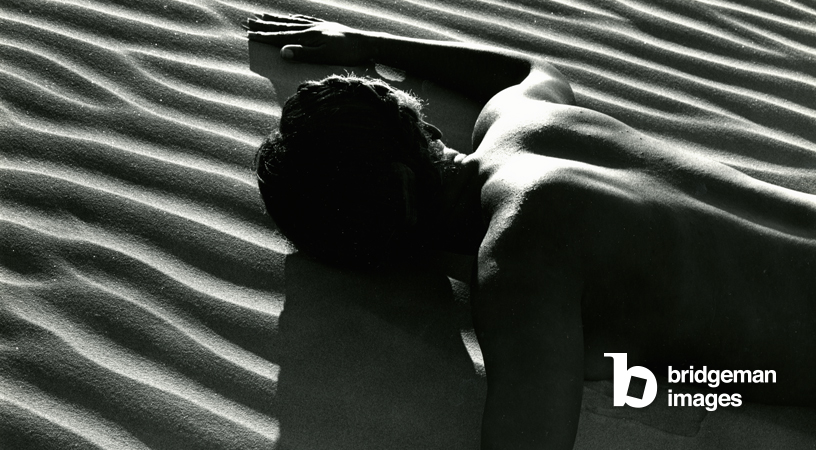
How much time does it take to secure rights to use an image?
You should allow as much time as possible to clear artist permissions.
It is always a good idea to select an alternative image in case you are not able to clear permission for your first choice. Some images could be under an exclusive contract for a set timeframe, for example being reproduced in a major billboard campaign for an advertising company.
Expect to pay a fee for clearance. Also, some artists and estates will ask to approve colour proofs before you go into production.
Why do some images have multiple copyrights?
Many artistic projects have multiple copyrights. When a song is recorded, there's a copyright for the written song itself and one for the recording of it. The same applies to some images. An artist may own the copyright of the artwork, but someone else may own the copyright of the high-resolution photograph itself.
To avoid an infringement of copyright, you must obtain a license for both. But don't worry, our team can help.
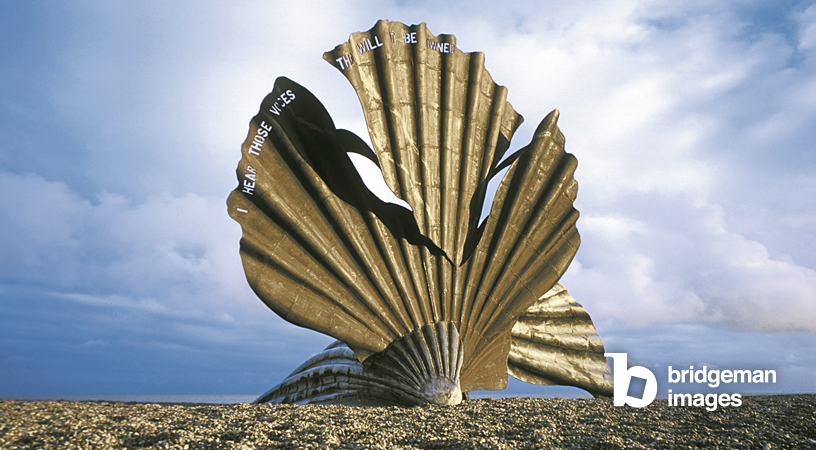
What happens when there are multiple copyrights?
Sometimes there can be multiple copyrights for the image we provide to you. It could be that our photograph is in copyright, but so is the artwork which has been photographed.
It is your responsibility to clear these additional rights before reproducing your chosen image. But we will do everything we can to help you. The usual steps are:
- Obtain reproduction permission from us based upon your specified use.
- Secure permission to use it by contacting the artist, their estate, or their representatives such as a collecting society, agent or lawyer.
What does it mean you flag an image as needing copyright clearance?
On our website, we have attempted to flag the current copyright status of the image in the country of origin of the artist. But this is ONLY A GUIDELINE to help you decide whether the image you wish to use will need copyright clearance.
Just because an image is not flagged as needing copyright clearance does NOT necessarily mean that it is out of copyright.
We only offer guideline information because:
- We do not know within which countries you plan to reproduce and distribute the image
- Often we do not have all the information about the image we would need to determine copyright status. For example, the date when a painting was created.
However, our team of copyright experts will be happy to help.
Artists represented by Bridgeman Images
For images labelled Bridgeman Artist, we handle the copyright clearance for you by:
- Writing to the artist on your behalf where necessary
- Adding the additional copyright fee to the invoice for use of the digital file
The simplicity of Bridgeman Copyright Artists
For these artists and collections, we handle permission clearances for their entire body of work.
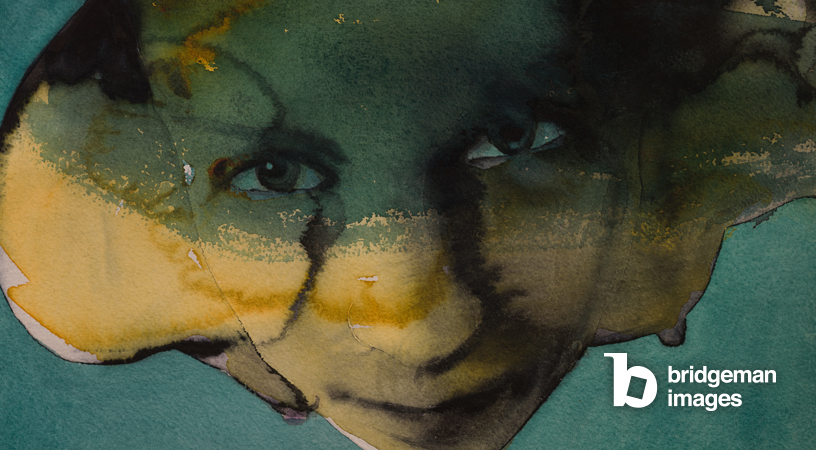
A brief guide to how long copyright lasts
UK and European Union
Provides protection for the life of the artist plus 70 years from the end of the year of death of the artist.
EU exceptions include:
- Spain: Did the artist die before 11 November 1987? If so, their work is protected for life plus 80 years.
- French war artists
USA
As a general rule, for works created after 1 January 1978, copyright protection lasts for the life of the author plus an additional 70 years.
According to the United States Copyright Office, the term of copyright for a particular work depends on several factors. These include whether it has been published, and, if so, the date of first publication. To determine the length of copyright protection for a particular work, you need to consult the Copyright Act (Title 17 of the United States Code).
For an anonymous work, a pseudonymous work, or a work made for hire, the copyright endures for a term of 95 years from the year of its first publication. Or a term of 120 years from the year of its creation, whichever expires first. For works first published before 1978, the terms vary depending on several factors.
Take a look at U.S. Copyright Office guidance.
New Zealand and South Africa
Both provide protection for the life of the artist plus 50 years.
Mexico
Life of the artist plus 75 years.
Australia, Brazil, Israel, Japan, Norway, Peru, Russian Federation, South Korea, Switzerland, Turkey
All provide protection for the life of the artist plus 70 years.
In Japan, artists who were nationals of the UK, US and other Allied war nations before the Pacific War have been awarded an extension of copyright term of a further 3,794 days.
Disclaimer
This information is a simplification of current legislation for guidance purposes and is subject to change. Bridgeman Images does not offer this as legal advice and takes no responsibility for its interpretation by third parties.
Useful contacts
General
UNESCO have a wealth of information on international legislation including a news bulletin area and a database of national copyright legislation.
WATCH gives advice on how to trace UK and US copyright holders.
UK
Design and Artists Copyright Society
Bridgeman Images UK team: london@bridgemanimages.com
France
ADAGP (Société des Auteurs Dans Les Arts Graphiques et Plastiques)
Bridgeman Images France team: paris.office@bridgemanimages.fr
Germany
Bridgeman Images Germany team: berlin@bridgemanimages.de
Italy
SIAE (Società Italiana Autori Editori)
Bridgeman Images Italy team: info@bridgemanimages.it
USA
ARS (Artists Rights Society)
Bridgeman Images USA team: newyork@bridgemanimages.com
Copyright Statement and website terms of use
Please take a look at our Copyright Statement and website terms of use.
Browse
Licensing and Copyright
Why is it important to obtain the proper rights clearances? Our clients value provenance and legitimacy, two pillars we pride ourselves on.
Rights Managed Images
We clear reproduction rights simply and quickly. We also offer free advice on how to clear an artist's copyright if additional permission is needed.
Our Prices
We offer a full range of solutions, including flexible pricing for projects of any size and budget.
Copyright Research
Copyright law and licensing can be complex. We make it simple and can work with you from start to finish and can advise you on legal, creative and research challenges.
Image and Video Research
Our experienced research team is on hand to help find the perfect images or videos for your brief.



